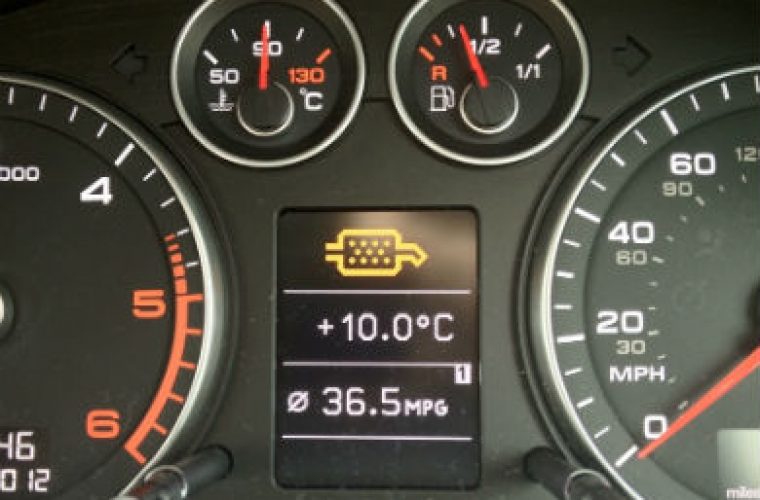Diesel Particulate Filters (DPFs) are designed to collect and dispose the particulate matter produced during the combustion of the diesel fuel/air mixture.
DPFs became part of the MOT in February 2014 and the law states that it is illegal to drive a vehicle on the UK roads without a DPF if the vehicle has been designed run with a DPF.
Technical Advisor, Stuart Still of European Exhaust and Catalyst told GW that incomplete combustion caused by engine faults or lack of servicing will increase the amount of particulate matter produced and can therefore cause premature DPF blockage.
He said: “The DPF is a serviceable item which will need replacing at some time, Ford say replace at 75k miles and BMW say 150K.
“The composition of the particles varies widely dependent upon engine type, age, and the emissions specification that the engine was designed to meet.”![]()
Wall-flow DPFs
According to European Exhaust and Catalyst, wall-flow diesel particulate filters usually remove 85 per cent or more of the soot and can, in heavily loaded conditions, attain soot removal efficiencies close to 100 per cent.
“A DPF filter core looks similar to a catalytic converter core that has had alternate channels plugged,” Stuart added.
“These plugs force the exhaust gas flow through the wall, and the particulate collects on the inlet face.
“This is unlike a catalytic converter which is a flow-through device.
“Exhaust gases are cleaned with a DPF by forcing the gas to flow through the filter.”![]()

![]() Once the DPF load reaches around 40 per cent capacity, the vehicle’s ECU activates the regeneration process with up to eight times more fuel injected per stroke, increasing the temperature within the DPF to over 550 degrees.
Once the DPF load reaches around 40 per cent capacity, the vehicle’s ECU activates the regeneration process with up to eight times more fuel injected per stroke, increasing the temperature within the DPF to over 550 degrees.
Stuart Still explained that some Minis and Volvos use a slightly different system, with an additional tank usually located in the boot which injects a chemical called Eolys into the diesel, this reduces the burning temperature of the PM within the DPF to 450 degrees.
He also added when topping up this fluid, it’s essential that the ECU is reset.
For more information about European Exhaust and Catalyst call 023 9224 5300 or click ‘more details’ below.







